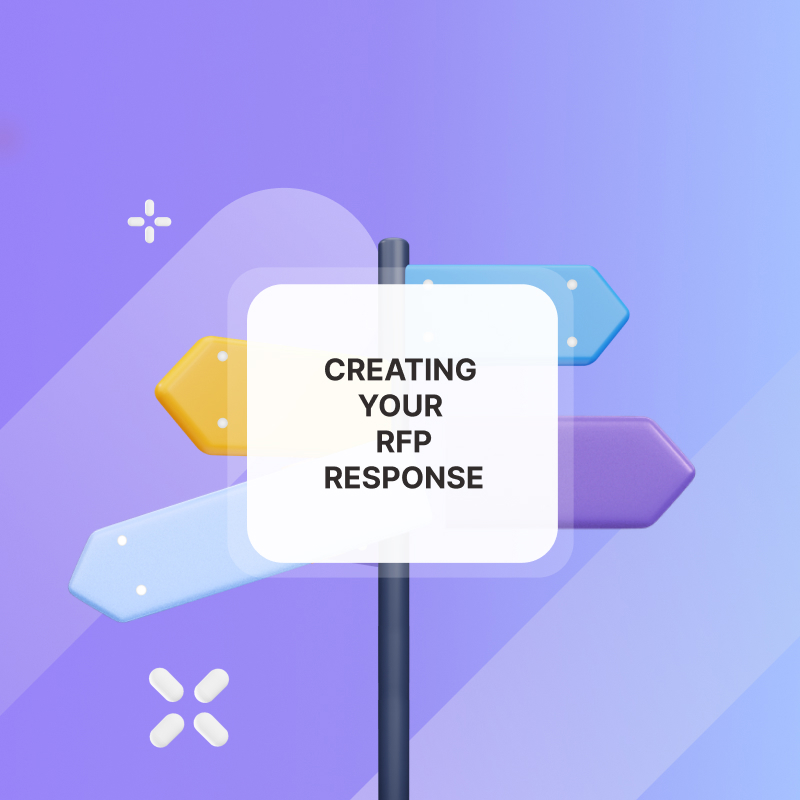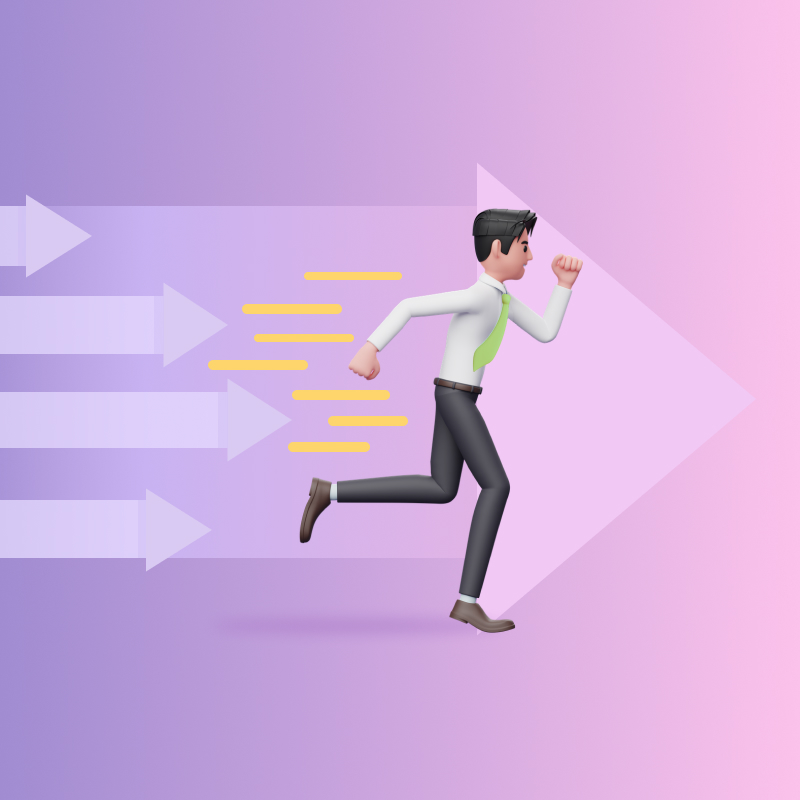
Customer service teams are no longer treated as just problem-solvers concerned with customer inquiries. They are now an important part of the revenue generation of a company.
Their role has evolved because of the introduction of a new concept known as revenue operations (RevOps).
What is Revenue Operations (RevOps)
Revenue Operations (RevOps) is a method of business management which integrates sales, marketing, and customer service operations to drive revenue growth.
Digital customer experiences are constantly evolving. This means that RevOps goes beyond just aligning sales, marketing and customer service teams. It also involves leveraging data and technology to streamline processes, improve efficiency, and increase revenue.
Equipping customer service teams with the right tools and strategies improves their impact on RevOps significantly.
Importance of Customer Service Teams in Revenue Operations
1. Customer Retention and Upselling:
To maintain high retention rates, customer service teams must provide a positive customer experience.
When customers feel valued and satisfied, they are more likely to remain loyal to a brand and be more open to upselling which increases their lifetime value. Happy customers also become brand advocates, indirectly contributing to new customer acquisition through word-of-mouth.
Customer service teams can also identify upselling opportunities during interactions through a deep understanding of customer needs and behaviour.
2. Data Collection and Insights
Customer service teams collect valuable customer data. This data includes feedback from service interactions, buying habits observed over time, and product usage patterns.
This type of data is gathered through various channels such as surveys, customer support interactions, digital sales rooms, and direct feedback.
Revenue Operations (RevOps) teams use the information gathered by customer service teams to refine marketing campaigns, making them more targeted and relevant to the customer base.
Product development teams also benefit from these insights by aligning new features or improvements with customer needs and preferences.
Sales teams are also able to design better buying journeys for prospects through a personalised approach based on the data collected.
3. Customer Advocacy and Referrals
Customers tend to share their experiences with any business whether it is bad or good. Therefore it is important to ensure that the experience that they are sharing with people is positive.
When customers have positive interactions with a business, they are more likely to become brand ambassadors.
This word-of-mouth marketing is a game-changer because it comes with a level of trust and authenticity that can't be achieved through traditional advertising.
By consistently providing personalised customer service experiences, resolving issues promptly, and going the extra mile to meet customer needs, customer service teams can create a positive brand image.
It is important to encourage satisfied customers to leave reviews, share their experiences on social media, and refer friends and family. Offering referral incentives can also be an effective strategy to motivate customers to become brand ambassadors.
4. Proactive Customer Success:
Proactive Customer Success involves identifying and addressing potential issues before they become serious.
By analysing real-time customer engagement in support channels, customer service teams can anticipate common challenges and address them promptly.
For example, when companies use Hubforce to create personalised customer support rooms, they can track real-time customer interactions with support content. If there is a support material that seems to have more frequent visits, this could indicate a challenge that customers are facing at that time. This enables our companies to provide real-time support to as many clients as possible without the need to scale their customer success team.
Detecting these challenges early not only resolves issues before they affect the customer experience but also demonstrates a commitment to customer care that goes beyond the generic responses.
Implementing a proactive customer support approach requires monitoring metrics like support content engagement, open rates, or total time spent viewing each support material. These insights enable teams to provide educational resources or offer personalised advice tailored to individual customer needs.
Proactive customer success reduces challenges for customers enabling companies to reduce the workload on their support teams, so they can focus on enhancing the overall service quality.
5. Reduce Customer Support Cost:
A happy customer needs little or no help from your customer support team. This reduces support costs for your business.
One way to scale your customer support efforts is by providing a personalised and scalable customer support system.
Our customers use Hubforce AI to generate these personalised support rooms in 20-30 seconds using our support room template.
This ensures that even without the direct involvement of your customer service teams, your customers are fully equipped to troubleshoot their problems easily.
It is beneficial for customers who have teams in different time zones. They can catch up from the support room at their own pace. This saves time and resources for your company.
How to Equip Customer Service Teams for Revenue Growth
1. Skills and Training
To impact Revenue Operations (RevOps), customer service teams must be equipped with certain skills. These include;
- Understanding the basic sales process
- Deep understanding of the product to provide accurate information to customers
Training strategies for customer service teams could involve hands-on workshops, and continuous learning opportunities to stay updated on product developments and market trends.
2. Tools and Technology:
Customer Relationship Management (CRM) systems, digital sales rooms, and sales enablement platforms contribute significantly to the revenue-generating processes.
They help customer service teams to recognise upselling signals or challenges.
This could involve analysing sales history in CRMs, digital sales rooms or support rooms.
3. Digital Sales Rooms
According to Gartner, digital sales rooms support customer retention. They work as self-service tools that empower users while reducing the workload on service teams.
By providing customers with intuitive platforms where they can find answers and troubleshoot common issues independently, businesses can enhance the customer experience while freeing up customer service agents to focus on more complex issues.
4. CRM
CRMs enable a seamless flow of information across different departments, ensuring that customer interactions are tracked and analysed for continuous improvement. This integration enables customer service teams to access comprehensive customer histories and previous interactions.
5.Sales enablement platforms
Sales enablement platforms align marketing and sales efforts with customer service. They provide valuable insights into customer behaviour, which helps sales teams nurture leads and close more deals.
How to Measure the Impact of Customer Service Teams on Revops
Customer Satisfaction Score (CSS): This shows how satisfied customers are with the service they have received. A high CSS indicates that customers are happy with the support, which can lead to repeat business and positive word-of-mouth referrals.
Referral Rate: This measures the percentage of customers who are willing to recommend your company's products or services to others. A high referral rate can significantly lower customer acquisition costs and increase revenue.
Upsell Conversion Rate: This tracks the rate at which additional products or services are sold. This is a direct indicator of how customer service can contribute to increased revenue.
Improve Revenue Operations with Hubforce
Hubforce enables customer service teams to do the following
- Create personalised support rooms in 30 seconds
- Track customer engagement in real-time
- Get follow-up suggestions based on engagement data
- Anticipate and address challenges to avoid churn
For example: A seller has different tiers of support based on the specific price plan purchased by the customer. Hubforce can be used to provide personalised customer service based on each customer’s priority.
This means that customers do not have to sort through irrelevant information, to get the one that relates to their price plan.
The benefit for the customer success team is the ability to provide personalised and scalable customer support.


![Best Practices for Customer Support [+Template]](https://hubforce-landing.fra1.digitaloceanspaces.com/prod/blogs/78312c1ce2ad0fb194d83f6551753178.jpg)















